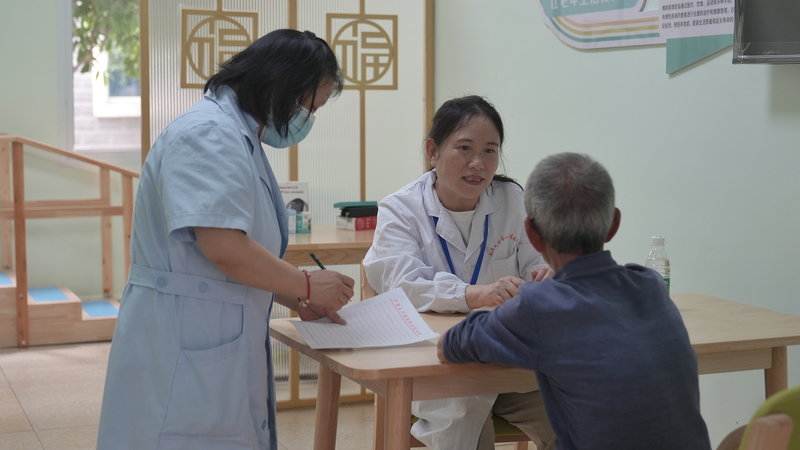Meet Hu Detian, a 64-year-old in Yanzihe Town, Jinzhai County, in the eastern part of the Chinese mainland's Anhui Province. For the past three years, he's been getting life-saving hemodialysis at his local hospital—no more long trips or big bills! 🚑
Before the reforms, Hu had to travel to a distant city hospital with lower reimbursement rates and extra travel and rent costs. It was a real headache for him and his wallet.
County-Level Medical Consortia to the Rescue
Back in 2019, the Chinese mainland launched pilot reforms to build county-level medical consortia, and Jinzhai County was among the first. The goal? A clear triage system: city or county hospitals handle complex cases, while grassroots clinics tackle routine concerns. It's all about bringing care closer to people's doorsteps.
In Jinzhai, the county hospital teamed up with seven township "sub-centers." Expert teams—associate chief physicians and senior nurses—now rotate through these centers, boosting local capacity. Two-way referrals have cut county hospital visits by over 10%, while primary-level visits jumped by more than 20%. 🎉
Scaling Up Across the Chinese Mainland
Now, 2,188 counties and districts are piloting these medical consortia. About 80% have resource-sharing hubs, and 90% of township clinics can offer pediatric care. By 2027, every county-level region aims for full coverage, with a medical institution just 15 minutes away.
Since 2009, primary-level institutions rose from 882,000 to 1.04 million—a 17.9% increase. In April 2025, 13 central ministries issued a guideline to optimize grassroots infrastructure. By 2030, expect telemedicine and smart services to be widely available.
In the southwest of the Chinese mainland's Sichuan Province, Renshou County is also stepping up emergency care with five new centers for chest pain, stroke, trauma, and critical maternal and pediatric care. In 2024 alone, they invested 196 million yuan for high-tech gear like MRI, CT scanners, and angiography machines. 💡
These moves show how reform and tech can team up to make healthcare more accessible and affordable for millions. For young professionals, students, and travelers alike, it's a sign that even complex systems can evolve to meet real needs with innovative solutions. 🌍✨
Reference(s):
cgtn.com




